 Toyota have come out with a hatchback version of their sedan, the Etios. In this highly competitive segment of the Indian market, does the Etios Liva possess what it takes to emerge victorious? We pit it against four competitors to find out if it does
Toyota have come out with a hatchback version of their sedan, the Etios. In this highly competitive segment of the Indian market, does the Etios Liva possess what it takes to emerge victorious? We pit it against four competitors to find out if it does
Story: Adhish Alawani
Photography: Sanjay Raikar
 It is a well-known fact that the indian automobile customer has typical traits, which centre round fuel-efficiency, cost, styling, features and, of course, the brand name. Very little importance is accorded to the engineering aspect of the car, its drive quality, handling and functional design.
It is a well-known fact that the indian automobile customer has typical traits, which centre round fuel-efficiency, cost, styling, features and, of course, the brand name. Very little importance is accorded to the engineering aspect of the car, its drive quality, handling and functional design.
why are we talking about all this in the context of our five-hatch shootout? Precisely because that is the theme for this comparison wherein we have tried to keep the more important aspects above the pseudo factors that affect the decision of a customer.
 The indian market has shown exceptional growth in the mid-size hatchback segment in recent times. while the nissan Micra and Ford Figo have entered the fray of late, the Hyundai i10 and Chevrolet Beat have been around for some time. the latest entrant in this segment is the toyota etios liva and, as we said last month after a first drive of the car, this one is sure to rock the small car market. However, how good it is and in what way was something we wanted to find out. Hence this comparison among the tried and tested cars of yesterday and the new fighter of today.
The indian market has shown exceptional growth in the mid-size hatchback segment in recent times. while the nissan Micra and Ford Figo have entered the fray of late, the Hyundai i10 and Chevrolet Beat have been around for some time. the latest entrant in this segment is the toyota etios liva and, as we said last month after a first drive of the car, this one is sure to rock the small car market. However, how good it is and in what way was something we wanted to find out. Hence this comparison among the tried and tested cars of yesterday and the new fighter of today.
 As mentioned earlier, we decided to conduct this test keeping in view the various considerations that need to be kept in view before buying a new car. The cars in this competition – the Ford Figo, Nissan Micra, Hyundai i10 and Chevrolet Beat, apart, of course, from the Etios Liva – were chosen from the price bracket of Rs 5 to Rs 5.5 lakh (OTR, Pune) and all are powered by 1.2-litre petrol engines
As mentioned earlier, we decided to conduct this test keeping in view the various considerations that need to be kept in view before buying a new car. The cars in this competition – the Ford Figo, Nissan Micra, Hyundai i10 and Chevrolet Beat, apart, of course, from the Etios Liva – were chosen from the price bracket of Rs 5 to Rs 5.5 lakh (OTR, Pune) and all are powered by 1.2-litre petrol engines
With these basic criteria in place, let us now proceed to plumb the depths of these cars.
 The PowerTrain
The PowerTrain
Though 1.2-litre engines have powered all the five cars under consideration here, each one has its own pluses and minuses. The i10 has been around for a long time and has proved its mettle. Its refined and smooth engine produces 80 PS of peak power and a class-leading 112 Nm of maximum torque. With such high power and torque figures, there is no doubt that the i10 is one of the quickest cars, capable of 0-100 km/h in just 14.02 seconds. The gear throw is a little notchy in the i10, but the shifts are super smooth, probably the smoothest of the lot.
The Beat has an engine that also makes 80 PS of peak power and a slightly lower 108 Nm of peak torque as compared to the i10. Again, owing to these figures, there is no doubt that even this one accelerates from naught to 100 km/h in 14.2 seconds.
 Coming to the younger cars, the Micra and Figo have 76 PS and 71 PS of peak power and 104 Nm and 102 Nm of max torque, respectively. Although the Micra doesn’t have a high output engine, its body weighs just 860 kg and that makes this Nissan the quickest car from 0-100 km/h at 13.51 seconds. The Figo, on the other hand, has the lowest output and weighs the maximum at 1,090 kg, making it the slowest of the lot (0-100 km/h in 17.09 seconds).
Coming to the younger cars, the Micra and Figo have 76 PS and 71 PS of peak power and 104 Nm and 102 Nm of max torque, respectively. Although the Micra doesn’t have a high output engine, its body weighs just 860 kg and that makes this Nissan the quickest car from 0-100 km/h at 13.51 seconds. The Figo, on the other hand, has the lowest output and weighs the maximum at 1,090 kg, making it the slowest of the lot (0-100 km/h in 17.09 seconds).
While this is the story of all the other contenders, the Etios Liva, the latest entrant, makes sure that it fits in among them all and doesn’t give us a cause for complaint. Its 1,197-cc engine makes 80 PS of peak power, which is at par with the best in the segment, but loses on the maximum torque (104 Nm). Its 0-100 km/h acceleration time of 14.94 seconds also tells us that it is not up there with the Micra, but doesn’t disappoint like the Figo either. The five-speed transmission offers smooth throws. However, there was only one complaint during the performance test. The shifter needed extra careful guiding into the third gear slot or else it would hit the gate between the third and fifth gears.
 Driving ArounD The CiTy
Driving ArounD The CiTy
These hatchbacks are meant primarily for the city and that is where they spend most of their time, trying to find small gaps in dense traffic. For this, the most important characteristic is responsive steering for easy manoeuvring and a peppy engine with strong bottom and mid range. So far as steering is concerned, the Chevy Beat has the most direct and precise steering. The feedback from it is excellent, which, along with its small size, makes it an excellent tool for urban chaos.The Liva’s engine has a phenomenal bottom end, which aids city driving. The torque in the lower revs is so good that you can actually drive around in heavy traffic in the fourth or fifth gear unlike any of other cars under consideration here.
 The Micra has a light steering and a peppy engine that make for easy driving around the city. The same is the case with the i10. The Figo, however, has a heavy feel to its steering wheel. Though the feedback from the wheel is good, you need to make a little extra effort to turn it than the others. In case you have to drive a lot in city traffic every day, then this can become irritating after a point. The engine too is not the strongest of the bunch and lacks the punch in the bottom revs.
The Micra has a light steering and a peppy engine that make for easy driving around the city. The same is the case with the i10. The Figo, however, has a heavy feel to its steering wheel. Though the feedback from the wheel is good, you need to make a little extra effort to turn it than the others. In case you have to drive a lot in city traffic every day, then this can become irritating after a point. The engine too is not the strongest of the bunch and lacks the punch in the bottom revs.
 hAnDling AnD highwAys
hAnDling AnD highwAys
Though you are not going to drive around in these cars at breakneck speeds round corners in ghats or do 150 km/h on highways, there is no doubt you’ll take them for long drives once in a while. Maybe a little push in the twisties and on open highway stretches will bring out the true potential of these cars. We did just that and there was a wide range of results.
The best of the lot turned out to be the Liva with enough juice to tackle uphill climbs. Its well-sorted chassis and suspension, besides its good steering response, aid the handling of the car well.
sponse, aid the handling of the car well. With its precise steering it was good to point the Beat round corners and shoot where one wanted to go. However, lack of bottom and mid range and its tall body, which entails considerable body-roll, made it a less easy car to drive.
 The Figo sits low and has a slightly stiffer suspension that makes it a good handling car. The i10 and Micra come last when it comes to handling. The Hyundai failed to impress us owing to its heavy understeer round corners while the lightweight Micra, with its soft suspension set-up, gave a lot of body-roll. On open highway stretches at speed the Micra suffers due to its low weight and feels unstable.
The Figo sits low and has a slightly stiffer suspension that makes it a good handling car. The i10 and Micra come last when it comes to handling. The Hyundai failed to impress us owing to its heavy understeer round corners while the lightweight Micra, with its soft suspension set-up, gave a lot of body-roll. On open highway stretches at speed the Micra suffers due to its low weight and feels unstable.
Safety
Safety features are being taken seriously now and it’s high time. Manufacturers have now started equipping the small hatchbacks with ABS and air-bags. If not as standard, these features come as options. On that front, the Figo, Beat and Liva come loaded with ABS and air-bags as standard in the variants that we considered. The Micra offers air-bags, but the i10 lacks either of these safety features.
With most of the important aspects discussed, let us consider the factors that are a little less important so far as engineering is concerned, but matter a lot to the Indian buyer. Of course, these include running cost and styling of the vehicles. Apart from that we’ll also consider the feel-good factor of each car here.
Efficiency
The fuel efficiency of a car is probably the first thing an Indian customer looks for. While we may well shrug off this aspect, we cannot forget that if a certain engine consumes less fuel, it also implies that the engine works in a more efficient manner with minimum losses. This indirectly indicates that the engineering of ‘the heart’ is spot on. On this count, the Liva scores the best at 17.75 km per litre (overall) and is followed by the i10 (15.12 kpl), the Micra (15.1 kpl), the Beat (13.63 kpl) and the Figo (13 kpl).
Space
Even a cursory look at all these cars together and there is no doubt that the Figo is the most spacious of them all. The car looks big. Its boot space of 284 litres and excellent legroom at the back testify to that. The Liva and Micra follow closely with a boot space of 251 litres in each and adequate legroom at the back. The Micra, being a taller car, has greater headroom too. The i10 is a little tight for the rear seat passengers, but offers a decent 225 litres of boot. The Beat looks small and is one too. With just 170 litres of boot space, this Chevy fails to impress us with its compact cabin.
InterIor
Inside the cabin, the Beat has the most futuristic looks. However, this is subjective – some might love them while others might loathe them. The i10 offers a subtle interior that won’t give rise to complaints, but, at the same time, won’t make anyone drool either. The Figo’s plastics and other material used in the cabin are of a good quality and offer a decent look in the cabin. The Micra boasts of too many curves, which may impress the fair sex more than others.
Finally, the Liva is a little disappointing on this front. Cheap plastics, average fit-and-finish and a poorly backlit instrument console, which is centrally placed on the dashboard, give the Liva a rather unprepossessing cabin.
The VerdicT
Each of these five cars was driven around in varying traffic conditions, through zigzags and on highways. So far as the drive quality, handling and driveability of the engine was concerned, there was hardly anything that could match the Liva. It also offers class-leading efficiency. The variant under consideration is the costliest of the bunch, but the essentials of a good car are delivered, albeit with some compromise on the quality of plastic. The Micra and Figo vie for the second place, the Micra with its peppiness and the Figo with its good handling and a small price advantage too.
There isn’t anything wrong with the i10 and Beat, but they don’t make you go into raptures either. They are like those who do the job entrusted to them without bothering about anything else. Anyway, though they have ruled the market for some time now, the Etios Liva is all set to unsettle their hegemony. Competitors, better beware!
 GASHA’SPERSPECTIVE
GASHA’SPERSPECTIVE
BELL-BOTTOMS AND LAMBRETTAS MIGHT MAKE A comeback, but not the days when ladies bought small cars only for their pretty looks. The women of this century want a car which is spacious and of a good quality inside, smart and economical under the hood, adrenaline-pumping on the wheels and eyeball-grabbing on the exterior. Maybe that’s why the small car market always remains astir. The most recent ripples have been created by the new Toyota Etios Liva. No matter how deep or shallow the customers’ pockets are, the Rs 5-6 lakh bracket is still the most asked for and that is what this new Toyota hatch aims at. A budget-oriented car is what this leading global car-maker had been wishing to make and they have succeeded in the endeavour, though a long list of compromises come by way of a side-effect. This car remains planted on the road like a rock, with excellent low- and mid-range for city driving and an overall softness to the whole driving experience (best in class). A roomy cabin, good storage space and fuel economy are some other things to be happy about.
One has to ignore the cost-cutting measures adopted by the company, such as poor plastic quality, thinly padded seats, cheap upholstery fabric and a single wiper for the front windscreen, etc. And this without being any too easy on the pocket either. However, when the rivals are having a tough time striking the right balance between too hard and too soft, the Liva sets a perfect example of a good city car and an equally effi cient highway companion.When the competition is with cars like the Figo, Micra, Beat and i10, among others, the company has taken care that the buyer doesn’t feel let down with the Liva when the rivals are trying to woo him with many attractive offers. The Liva lacks the Beat’s futuristic styling, the Micra’s exclusive features (like proximity lock/unlock and the start-stop button) and the Figo’s cabin quality, but the makers have made good these losses by giving an unmatched driveability to the car.
So, the fi nal word is that the Liva is a Toyota in looks, a Toyota in drive, but does not live up to the true Toyota standards in cabin quality. Then why should one buy it despite the compromises, one may ask. Because it is a good car to drive and takes its job of being a city car very seriously.



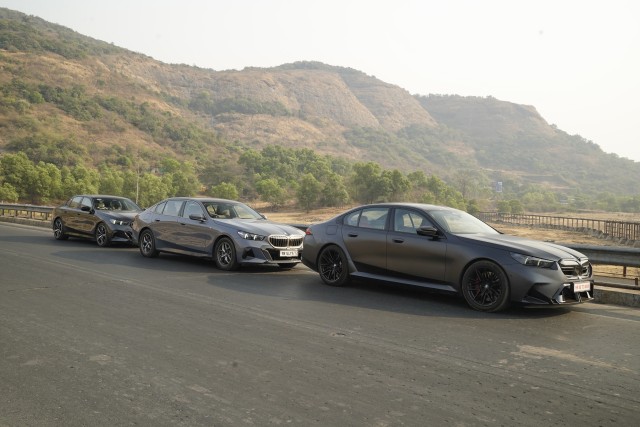
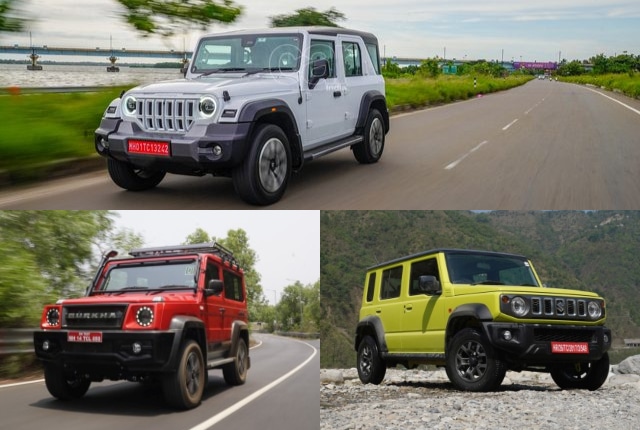
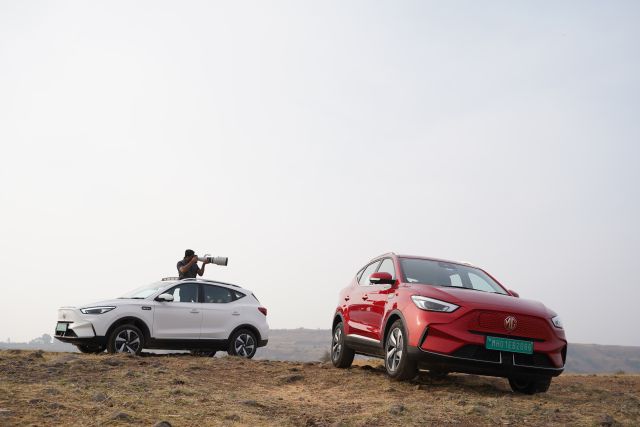
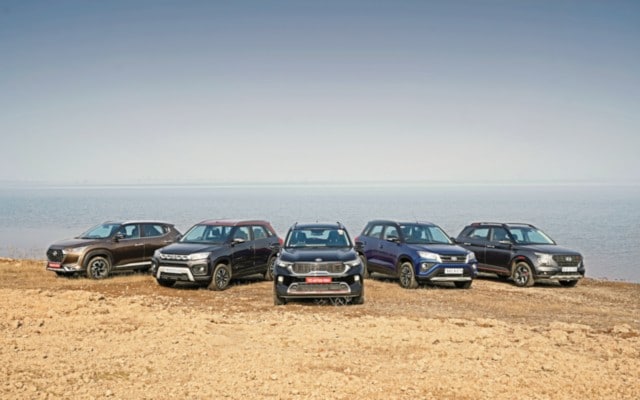
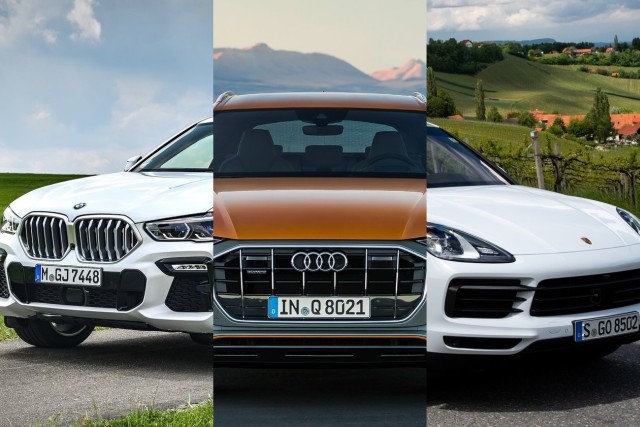
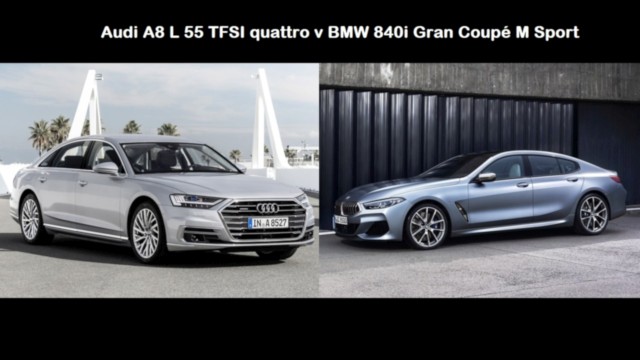
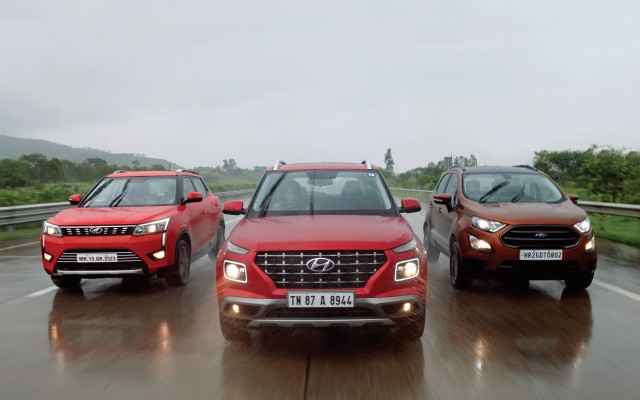
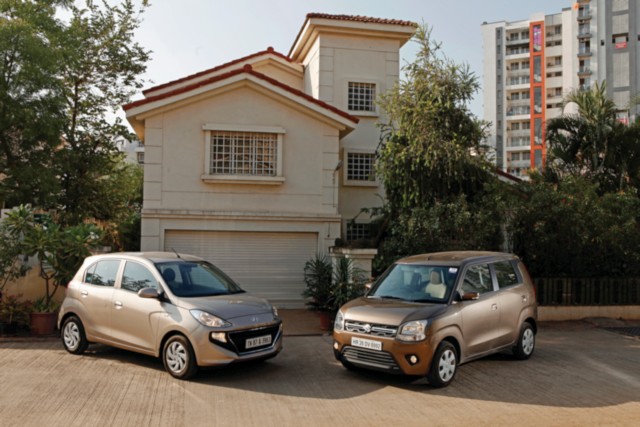
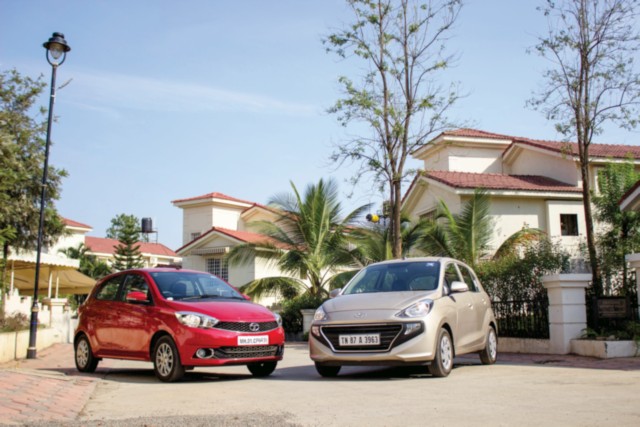
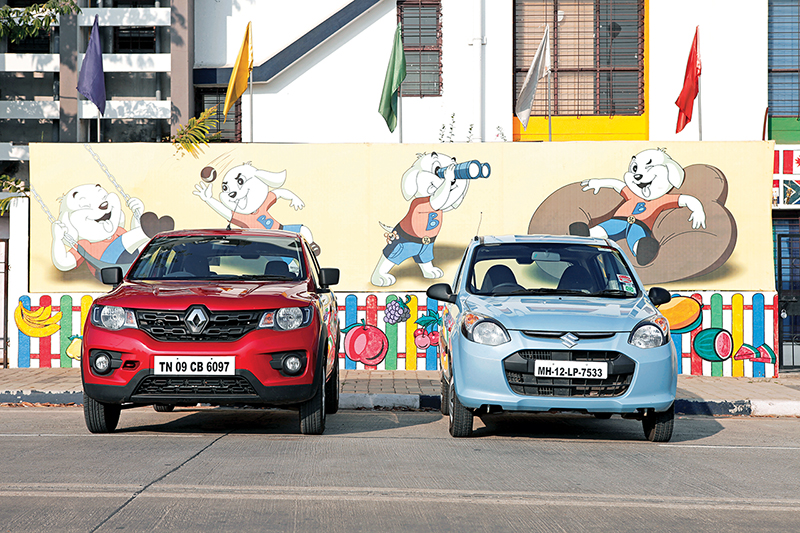
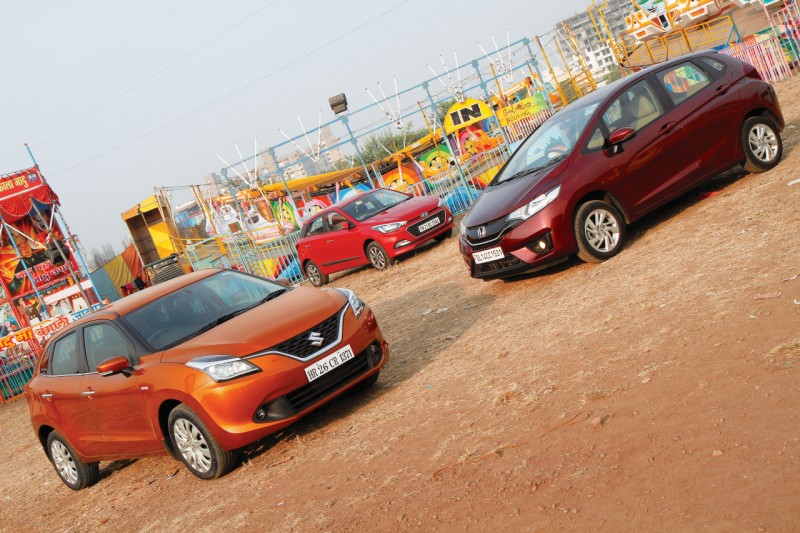
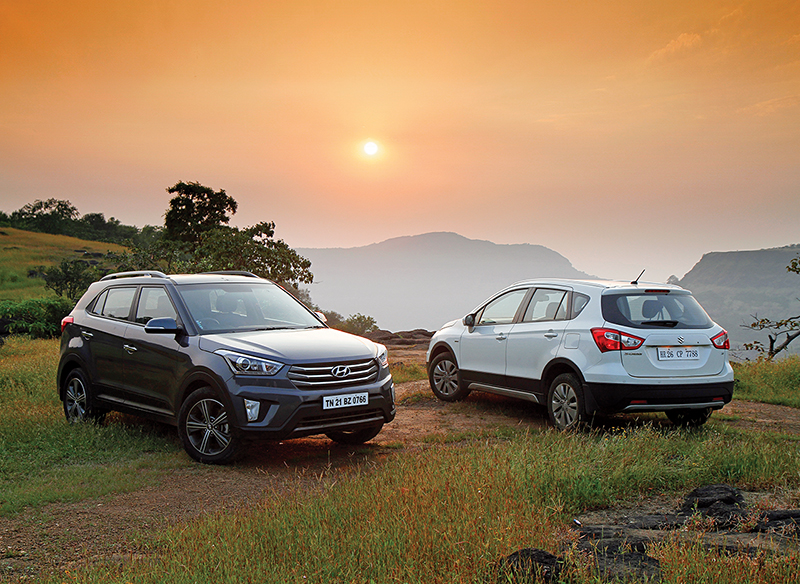
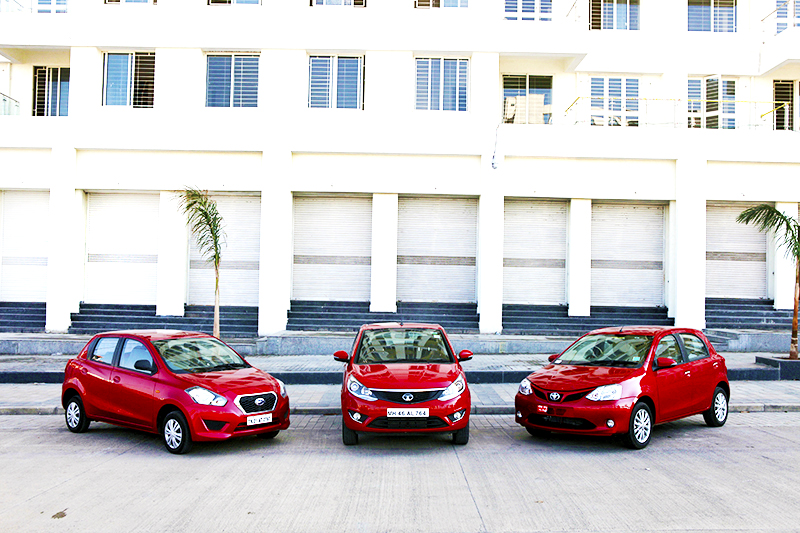
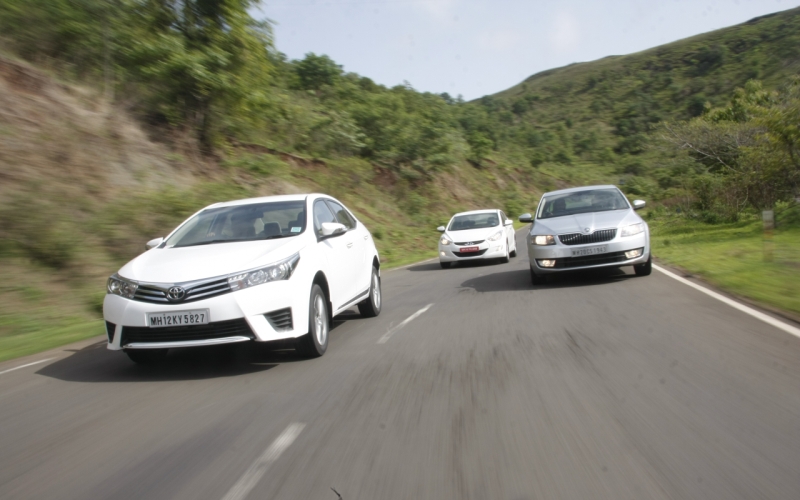
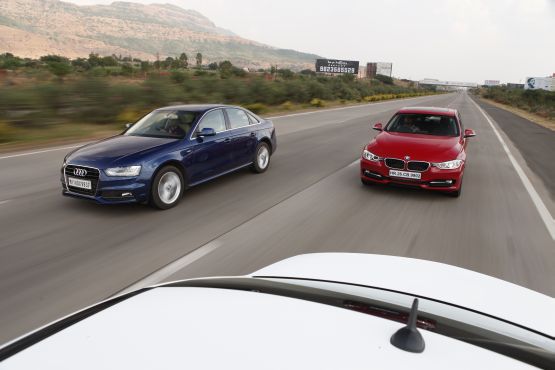




Leave a Reply